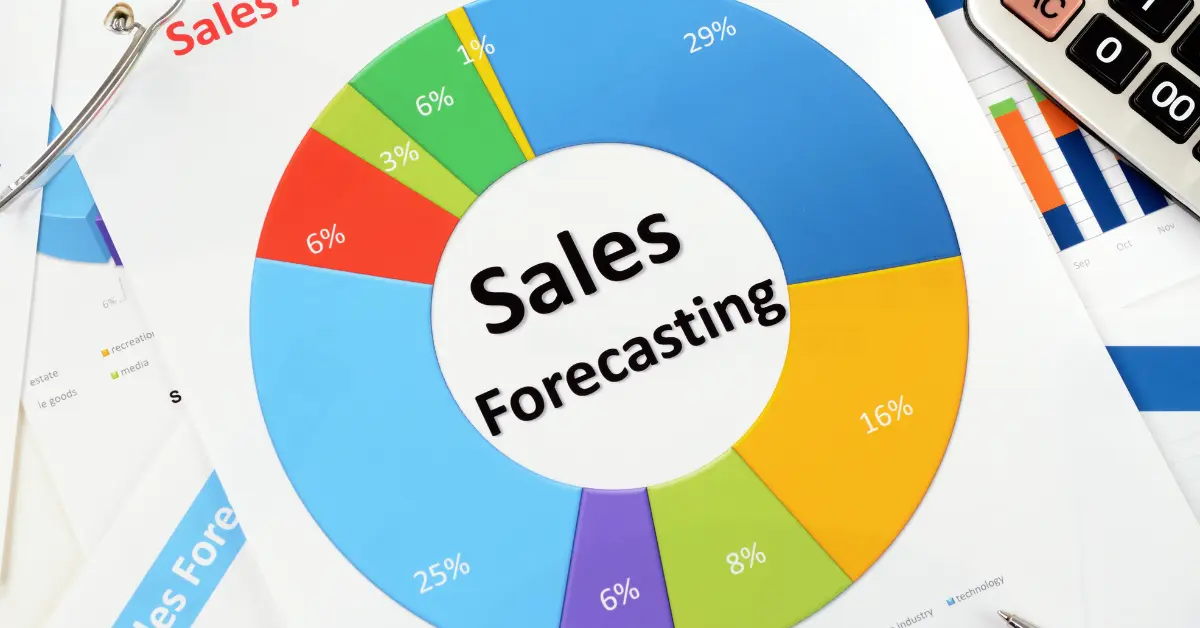
Marketplace platforms have grown to be essential in the constantly changing world of e-commerce for both buyers and merchants. With their incomparable convenience and accessibility, these platforms enable sellers to present the products they sell to a worldwide customer base without the need for major facilities or marketing initiatives. But in the center of these platforms' appeal is an important detail that sellers frequently ignore: marketplace fees.
Marketplace fees are what platforms like Shopee, Lazada, TikTok Shop, and others charge to use their services. These expenses often include platform fees, transaction fees, commission fees, and so on. While these fees may appear to be an unavoidable cost of accessing many customers, failing to manage and understand them can have a significant impact on a seller's long-term profitability and stability.
Understand the importance of each marketplace seller monitoring these fees

Identify the target audience
Affiliate marketing needs you to understand your audience. Identify your audience's demographics, preferences, and interests to match affiliate recruitment efforts with similar audiences. This ensures affiliates may reach your target audience and drive traffic and conversions.
Cost Management
Keeping an eye on marketplace fees helps sellers efficiently control their expenses and optimise their pricing strategies. Understanding the fee breakdown for each sale allows sellers to adapt product prices to stay profitable and competitive. Failure to consider these fees may result in pricing inconsistencies, which can reduce earnings and hinder business expansion.
Profitability Analysis
Understanding marketplace fees helps sellers assess their profitability across platforms. By studying marketplace fee structures, sellers can find the platforms with the highest return on investment (ROI) and use resources effectively. Sellers can focus on platforms that match their business goals and boost income with this strategy.
Fee Changes and Updates
Marketplace platforms frequently update their fee structures and policies to align with market trends, technological advancements, or regulatory demands. Not staying updated on these changes could surprise sellers, causing sudden cost changes and operational issues. Being proactive in monitoring marketplace fees and staying informed about platform announcements allows sellers to adjust their strategies and reduce potential risks.
Financial Planning and Forecasting
It's important to understand marketplace fees for accurate financial planning and forecasting. By applying fee estimations to their financial models, sellers can predict costs, determine achievable revenue goals, and make well-informed financial decisions. By taking a proactive approach, financial stability is enhanced, allowing sellers to allocate resources efficiently and pursue growth opportunities confidently.

The downsides of overseeing marketplaces on marketplaces’ fees
Reduced profit margins
Overlooking marketplace fees may underestimate product-selling costs. This might lead to inaccurate price decisions and lower profit margins. Multiple store management demands careful attention to minimise excessive expenses that reduce revenue.
Inefficient resource allocation
Sellers must understand marketplace fees to prevent mismanaging marketing budgets and purchasing inventory across platforms. Uneven resource allocation throughout channels can lead to poor performance and missed growth opportunities, lowering profitability.
Missed competitive advantage
Not being aware of marketplace fees can limit sellers' ability to efficiently take advantage of competitive advantages. Those who stay on top of their fee management strategies can excel in pricing, visibility, and profitability.
Operational inefficiencies
Failure to disclose marketplace fees can cause financial reporting errors, budgeting errors, and logistical issues. Lack of transparency regarding fee structures and related costs may prevent sellers in simplifying operations and maximising business processes efficiently.
Lack of strategic insights
Without thorough fee monitoring and analysis, sellers might not have the strategic insights they need into their performance across various platforms. It may hinder the ability to make well-informed decisions about product selection, pricing strategies, and chances to grow.
Example scenario outlining how the monitoring of marketplace fees can occur
Meet Sarah, a business owner managing multiple online stores across platforms like Shopee, Lazada, and TikTok Shop. Handling multiple tasks, Sarah depends on monthly reports from each marketplace to assess her sales performance and financial metrics. However, her hectic schedule frequently postpones her access to this information until the month's end.
Regrettably, this method exposes Sarah to the risk of missing out on changes in marketplace fees or unforeseen cost changes. Imagine a scenario where a platform changes its fee structure in the middle of the month. Sarah might not even notice until the next month, when she has already made financial commitments based on inaccurate income forecasts.
As a result, Sarah experiences errors in her financial flow, which can cause cash flow shortages or narrower profit margins than expected. Without real-time fee monitoring, Sarah is unable to seize opportunities to enhance pricing strategies and allocate resources effectively, which ultimately impacts her profitability and growth potential.
For Sarah to overcome her challenges, she might need to consider using advanced e-commerce management solutions like an omnichannel tool that provides data and analytics for financial reporting, where she can monitor all marketplace fees on one platform.
Sellercraft Data & Analytics (Finance Reports): How does it work?

Sellers can simplify their financial management by using Sellercraft's data and analytics tool, which gives consolidated finance reports that include marketplace fees from all marketplaces.
With Sellercraft, sellers can gain access to real-time insights into sales performance, fee structures, and profitability across multiple platforms in one centralised dashboard.
Sellercraft helps e-commerce sellers like you stay true to your profit goals by detecting marketplace fees, commission fees, and much more with its powerful features and intuitive interface.
Discover the benefits of Sellercraft Data & Analytics (Finance Reports)
Save time and effort
Say goodbye to manual report compiling and waiting until month-end to access crucial financial data. Sellers are able to simplify their process effortlessly. Experience the ease of Sellercraft's automated process, providing sellers with access to detailed finance reports from a centralised dashboard, anytime and anywhere.
Gain visibility and control
Sellercraft's analytics solutions enable sellers to manage marketplace fees, monitor cost trends, and analyse profitability measures across the whole e-commerce ecosystem. This information enables sellers to make informed decisions, optimise pricing strategies, and efficiently manage resources in order to maximise profits
Optimize business performance:
Sellers can improve their business performance by identifying growth opportunities, optimising product choices, and improving marketing methods. By employing actionable insights, sellers can maximise the potential of their e-commerce business and stay ahead of the competition.
Improve financial planning
Sellers can improve financial planning and forecasting with real-time financial data and analytics. Sellercraft's analytics help them estimate costs, set realistic income goals, and make smart investment decisions to build their online stores.
Conclusion
In summary, although marketplace platforms provide sellers with exceptional possibilities to connect with a worldwide audience, it is crucial that they fully understand and oversee marketplace fees. Failure to consider these charges may result in a variety of difficulties, such as lower profit margins, poor allocation of resources, overlooked competitive benefits, ineffective operations, and a lack of strategic understanding.
To explain, Sarah's example shows the risks of depending entirely on monthly reports, which can lead to missing fee changes and incorrect financial estimates. Using modern e-commerce management systems, such as Sellercraft's Data & Analytics (Finance Reports), allows sellers to receive real-time insights, streamline financial administration, improve decision-making processes, and ultimately maximise profitability and business success.
By implementing proactive fee monitoring and employing extensive analytics tools, sellers can confidently manage the dynamic landscape of e-commerce, optimise their operations, and seize on opportunities to excel in an increasingly competitive industry.


